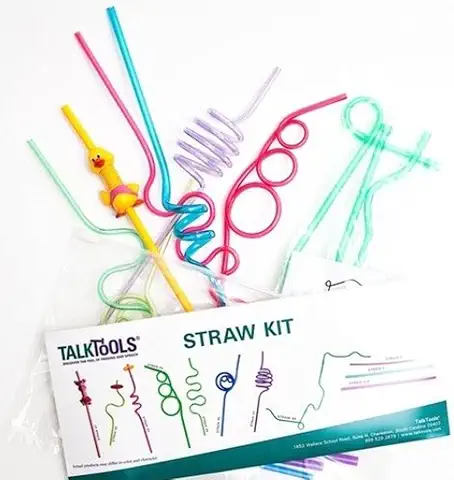Empower Kids with Communication: Simple Steps to Teach “I Want…” Sentences Effectively
🌈 Introduction: The Power of Simple Sentences-“I Want…” Every child has the right to communicate their needs, feelings, and ideas. For many neurodiverse children—especially those with language delays or autism—this journey begins with a powerful and simple phrase: -“I Want…”“I want…” Learning to say this can open a world of possibilities, independence, and joyful expression. […]
Empower Kids with Communication: Simple Steps to Teach “I Want…” Sentences Effectively Read More »


















